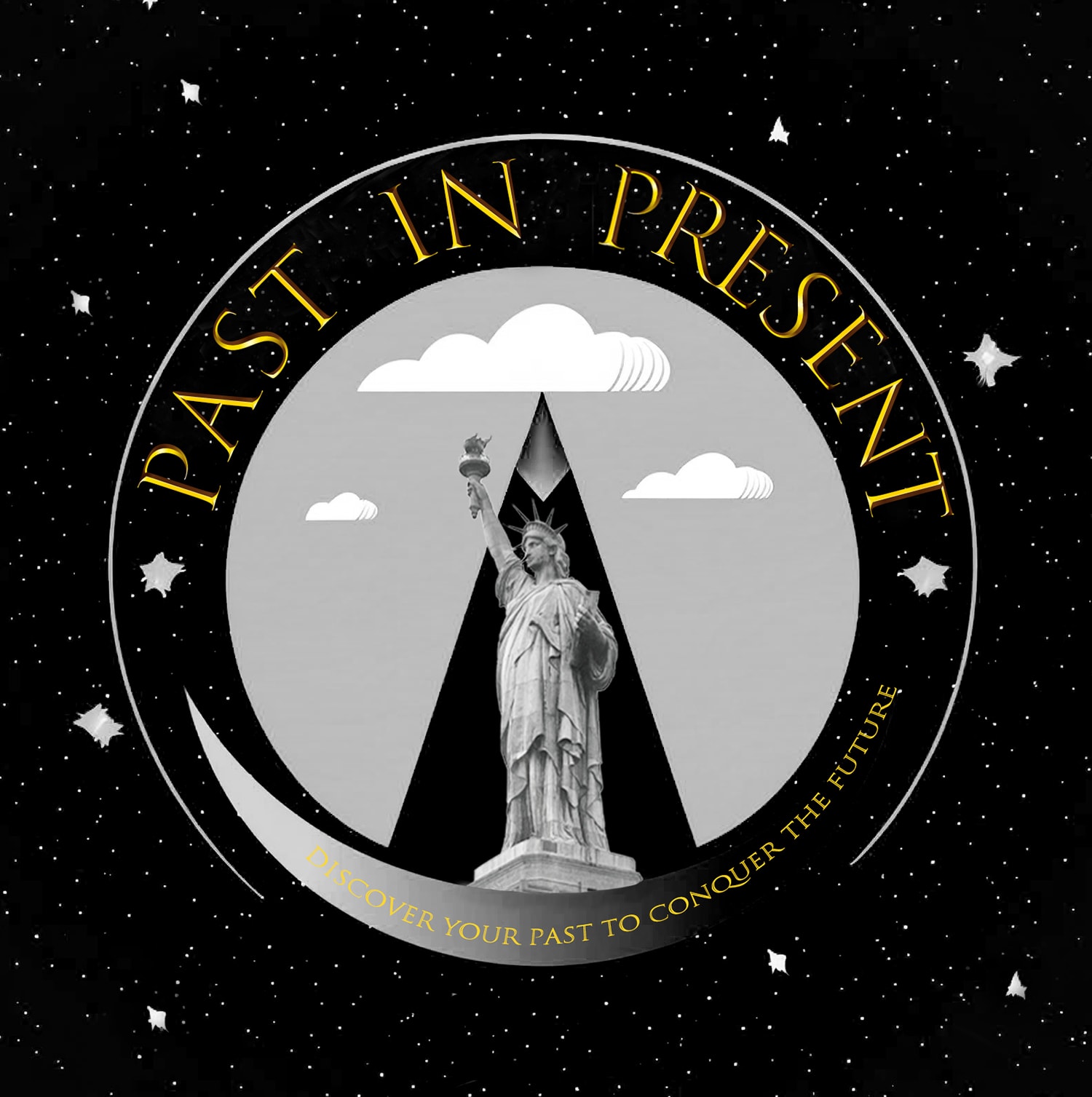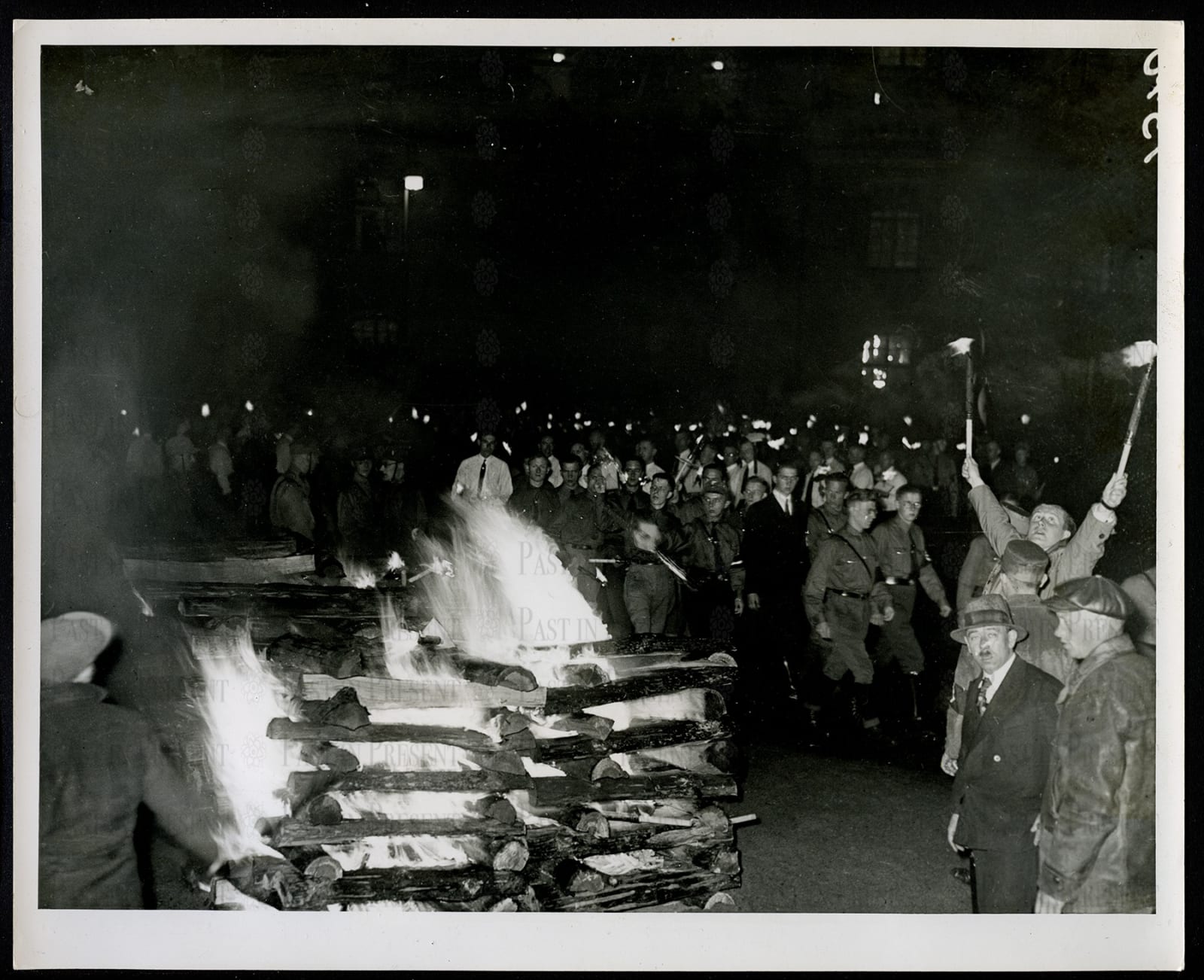-
Nazism
Open a larger version of the following image in a popup: The Beginning of Darkness: Nazi Book Burning – May 10, 1933. (Watermarks do not appear on the actual photograph.)
Open a larger version of the following image in a popup:
The Beginning of Darkness: Nazi Book Burning – May 10, 1933. (Watermarks do not appear on the actual photograph.)
Open a larger version of the following image in a popup: The Beginning of Darkness: Nazi Book Burning – May 10, 1933. (Watermarks do not appear on the actual photograph.)
Open a larger version of the following image in a popup:
The Beginning of Darkness: Nazi Book Burning – May 10, 1933. (Watermarks do not appear on the actual photograph.)
Open a larger version of the following image in a popup: The Beginning of Darkness: Nazi Book Burning – May 10, 1933. (Watermarks do not appear on the actual photograph.)
Open a larger version of the following image in a popup:
The Beginning of Darkness: Nazi Book Burning – May 10, 1933. (Watermarks do not appear on the actual photograph.)
Open a larger version of the following image in a popup: The Beginning of Darkness: Nazi Book Burning – May 10, 1933. (verso)
The Beginning of Darkness: Nazi Book Burning – May 10, 1933. (verso)
The Beginning of Darkness: Nazi Book Burning – May 10, 1933, 1933
Original Vintage Silver Gelatin Photograph8 x 10 in
20.3 x 25.4 cmPH13693Currency:Further images
Beginning on May 10, 1933, Nazi-dominated student groups carried out public burnings of books they claimed were “un-German.” The book burnings took place in 34 university towns and cities. Works...Beginning on May 10, 1933, Nazi-dominated student groups carried out public burnings of books they claimed were “un-German.” The book burnings took place in 34 university towns and cities. Works of prominent Jewish, liberal, and leftist writers ended up in the bonfires. The book burnings stood as a powerful symbol of Nazi intolerance and censorship.
The Nazi university student association created blacklists of works by literary and political figures such as Bertolt Brecht, Erich Maria Remarque, and Ernest Hemingway that were to be thrown into the flames.
In the aftermath of the book burnings, the Nazi regime raided book stores, libraries, and publishers’ warehouses to confiscate materials it deemed dangerous or “un-German.”
The Nazi book burnings provoked international criticism from intellectuals and the press. They saw it as a barbaric act that was out of keeping with a modern, civilized society.
Book burning has a long and dark history. Book burning refers to the ritual destruction by fire of books or other written materials. Usually carried out in a public context, the burning of books represents an element of censorship and usually proceeds from a cultural, religious, or political opposition to the materials in question.
We are committed to presenting historical artifacts, such as this, solely for their educational and historical significance. We unequivocally condemn and do not support or promote nazism, fascism, or any form of hatred or discrimination. This item is offered to provide insight into a profoundly dark period of history, ensuring that the atrocities committed are neither forgotten nor repeated.
Provenance
Past in Present.com Inc private historical archive.
This photograph came from unidentified historical archive collection. All items from that source are vintage, well preserved, high quality and historically significant. The archive came with a few printed pages that contained biography of Philipp Freiherr von Boeselager who was a German army officer known for his involvement in the 1944 plot to assassinate Adolf Hitler. After World War II, he pursued studies in economics and became a forestry expert. He also co-founded the Malteser Hilfsdienst, the medical service of the German Order of Malta, and coordinated German pilgrimages to Lourdes.
So we can cautiously assumed that this photograph came from his collection, but provenance require further research.








